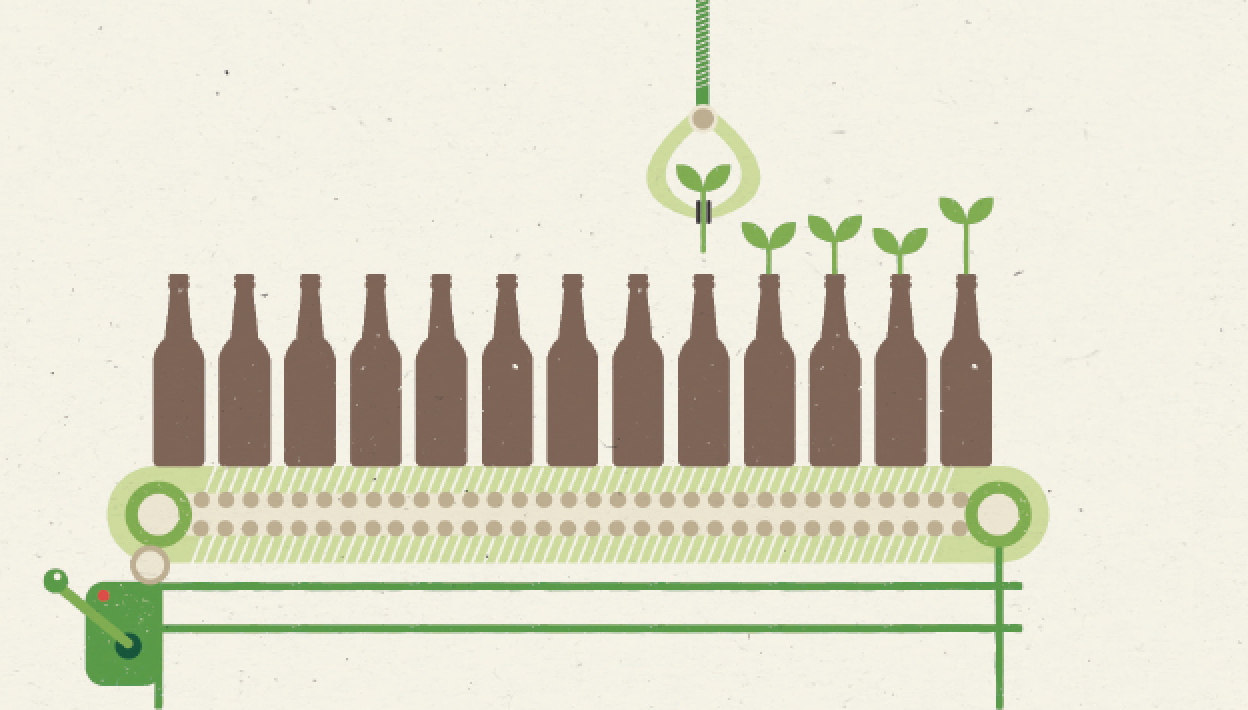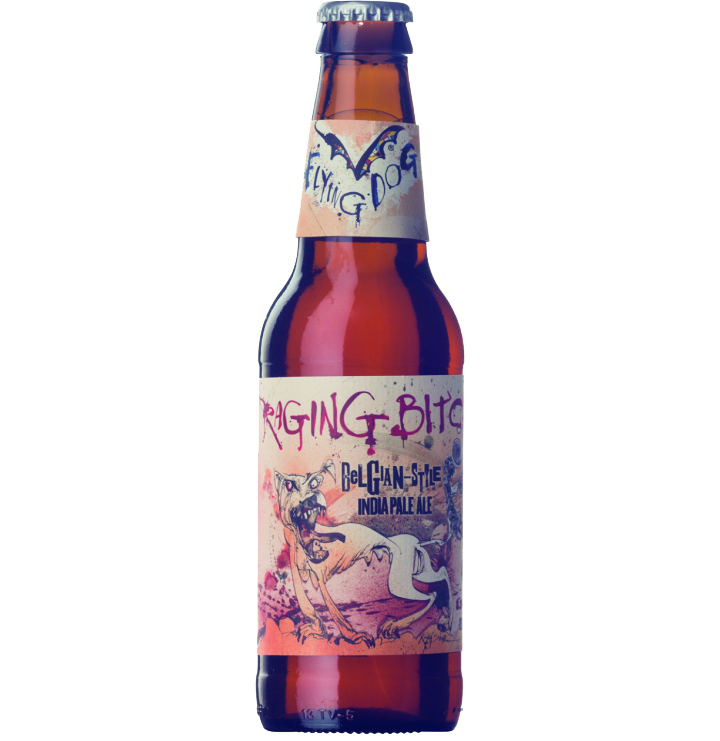
There’s a rule of thumb in journalism: If you can write your headline as a question, then the answer is always no.
“Does Star Wars: Episode LXXVII live up to expectations?” No.
“Will Donald Trump win the 2016 U.S. election?” No.
It’s called Betteridge’s law of headlines, and it’s pretty much foolproof. The beer industry, though, seems to be bucking that trend.
The question in question – is B.C.’s beer industry growth environmentally sustainable – began for me with the 2015 drought. Water restrictions reached severe levels last summer, while the list of breweries kept growing, with some of the less efficient operations reportedly using up to 12 litres of water to create one litre of beer.
What did this mean for Vancouver’s auspicious “greenest city” goals? Was the craft beer boom having an impact on the environment? If so, what were some of the greenest craft breweries doing to mitigate that?
I wasn’t the only one looking into this. The City of Vancouver and the region’s managing body, Metro Vancouver, had both recently been pursuing similar lines of questioning.
As part of its Greenest City Action Plan, the city wants to reduce overall water consumption by 33 per cent of its 2006 levels. Commercial water use rose 10 per cent between 2013 and 2014, however, with the city attributing some of that to the craft beer boom.
It should be noted, though, that craft beer isn’t being singled out as an environmental problem,per se. Brian Crowe, director of Water, Sewer andDistrict Energy for the City of Vancouver, is quick to identify craft brewing as an extremely positive addition to the business landscape, providing the province with an estimated 4,000 direct and ancillary jobs, as well as additional tourism and hospitality dollars, thanks to the popularity of brewery tours and events such as Vancouver Craft Beer Week.
He also points out that the craft beer industry is by no means the most significant offender in the water world – a statement perhaps best illustrated by his statistic that the city consumes roughly 110 million cubic metres of fresh water per year, and the craft brewing industry uses an estimated 100,000 cubic metres, or .1 per cent, of that amount.
When compared to, say, Port Metro Vancouver, or the former Molson brewery on Vancouver’s West Side – which, by nature of its scale, Crowe explains, is one of the single largest commercial water users in the city – that is peanuts. Salted peanuts. In a bowl. At your favourite tasting room.
Delicious.
But there is always room to improve. Crowe says that, ideally, most craft breweries would come in closer to seven litres of water per litre of beer, or less. And with commercial water rates running at a cost of roughly $1 per cubic metre, it’s more than just a green issue for these small businesses.
Crowe explains that there is a very real financial case to be made for changing out those leaky hose nozzles, recycling low-level cleaning water, and installing low-flush toilets.
According to Ken Beattie, executive director of the BC Craft Brewers Guild, many breweries have already begun making such common sense upgrades or have had the foresight to install more advanced equipment from the start, highlighting the new Red Truck facility on East 1st Avenue; Dogwood, Vancouver’s only organic brewery; and East Van mainstay Parallel 49 as local green leaders.
It’s not limited to only them, though.
“[Local breweries] don’t necessarily scream it from the rooftops, but certainly they all practise sustainability,”Beattie asserts, adding, for example, that it’s an almost industry-wide trend for breweries to send their spent grains to local farms for animal feed.
That doesn’t mean there aren’t areas that need addressing, however. On Nov. 27, Metro Vancouver passed a wastewater bylaw, called the Bylaw for Fermentation Operations, which requires small, previously exempt breweries to start monitoring their wastewater and minimizing the amount of solids that go down the drain. This aims to keep spent grains, yeast and other suspended solids like fruit out of the city’s sewage systems, allowing the wastewater treatment plants to continue to operate properly.
The guild was instrumental in the consultation process for that bylaw and has been working on its own guide to best practices since the summer. It promises, when it’s done, to be a resource for up-and-coming brewers to learn what is expected of them environmentally.
“Really, what we want to avoid is people starting their business not being aware of what they need to do when they’re building their brewery,” says Beattie.
“You can’t change the playground once you’ve approved it,” he cautions. “And you can’t just rip up floors and install drains. If you’ve been to any craft brewery in Vancouver, it’s not like they have an abundance of extra space.”
Back east in Ontario, however, Steve Abrams has already defined sustainable brewing practices. The green brewing pioneer co-founded Mill Street Brewing as a boutique organic brewery in 2002. It subsequently grew to be Canada’s largest producer of certified organic beer and was purchased by Labatt Breweries of Canada last year. As Abrams sees it, Mill Street’s green mandate was integral to its success.
“We were the first to do [organic beer] in Ontario and it was just a wide open playing field,” he recalls.
“[We] looked at the States at the time and organic beer was growing at, like, 20 per cent annually… It was just a good business decision to jump into this early. And talk about good timing,” he continues. “The whole movement of local, artisanal – understanding where your food is grown and comes from – it all just coincided.”
Throughout its expansion, Abrams says that Mill Street has stayed focused on maintaining or expanding green practices across the operation, from production and distribution, to sourcing product.
For example, a few years ago the Scarborough-based brewery helped establish Canada’s organic malting industry, using purchasing power to cut out their grain’s environmentally costly trip back and forth to organic maltsters in the U.S.
Meanwhile, the technology in Mill Street’s production facility is heady and extensive: state-of-the-art Freeaire refrigeration systems, heat recapturing systems, Clean In Place (CIP) programs to reduce water use through recycling, rooftop solar fields, and centrifuges to remove effluence from waste, to name a few.
But not all breweries see that level of growth as a good thing. In fact, one brewery sees growth as the definition of unsustainable.
“The definition of what sustainability is has been lost in market-speak for the last little while,” says brewer Brian MacIsaac, co-owner of Crannóg Ales in Sorrento, B.C. “Because we have a finite world, we have to realize that to start a ‘sustainable business’ you have to start with a growth-cap strategy. You have to have an end in sight – a sweet spot where things are getting looked after, employees are getting looked after, and you have enough of an income to continue doing what you’re doing, but you don’t constantly grow.”
“I was really worried in the summer,” he says later in the conversation. “There’s just a huge amount of breweries starting up, but, even during the [stage three] drought going on in Vancouver, I heard no breweries say, ‘Oh, we’re making some steps to save the water – that we reuse it or use less of it.’ I heard nothing of that, and thought, well, what a golden opportunity wasted.”
The Irish-style microbrewery is an example of near-zero-waste brewing. MacIssac says Crannóg’s ratio is currently less than two litres of water per litre of beer. And, to make that beer, MacIsaac sources most of his ingredients from the 10-acre farm he owns with his wife, Rebecca Kneen, right outside the brewery’s doors.
“On our farm we only have so much water coming out of our well, so we can only take what’s available to us,” he explains of their stewardship. “Take what you need and no more.”
That philosophy – to use only what you need – almost sounds quaint. But as Ken Beattie points out, beer making actually has ancient, farmhouse-style sustainable origins, and the philosophy hasn’t changed much in the centuries since.
“Historically, beer is a farmhouse product – it was made at home,” says Beattie, “so you didn’t have excess. Whatever you were growing went into the beer… and then the waste that was left, you sent it back to your cattle.
“We’re the world’s oldest recipe,” he explains with a laugh, “and we might have been the first green industry, too.”




